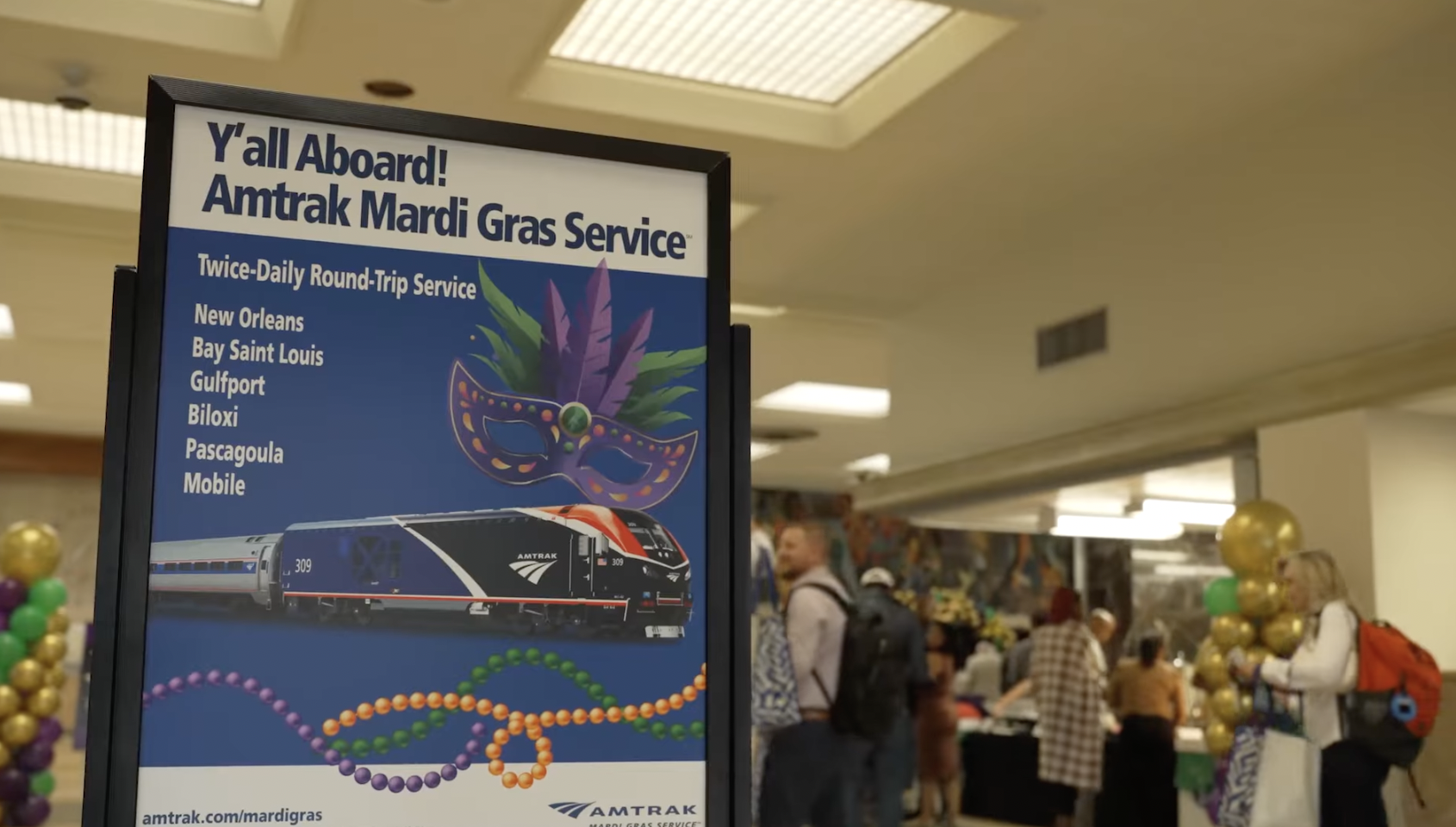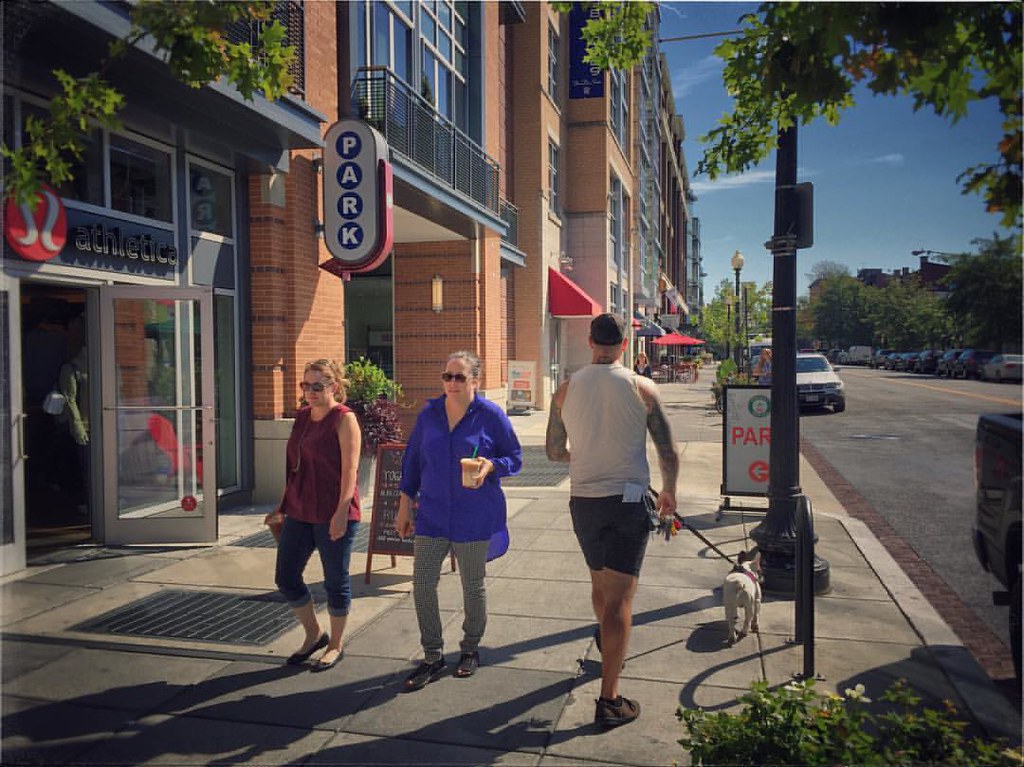
Today on the Network, Gerald Neily at Baltimore InnerSpace has the back story on the ill-fated Red Line, the rail project axed by Maryland Governor Larry Hogan.
Neily writes that the Red Line's roots date to the 1960s, "when a 1.5 mile swath of West Baltimore was condemned and quickly destroyed for what is now the 'Highway to Nowhere' [Interstate 70], with the median reserved for transit." In 2002, a version of the Red Line that would span more of the city was incorporated into a regional rail plan, which Neily faults for superseding a more realistic transit expansion plan developed in the 1990s.
Neily describes the demise of the Red Line as death by a thousand cuts, mostly related to neighborhood politics and ballooning cost estimates for proposed tunnel work.
In 1999, Governor Glendening presided over an incremental plan that created a sound financial basis for transit growth, but then almost immediately the hype-meisters pushed that strategy aside in favor of the indulgent 2002 comprehensive regional rail plan. Since then, the Red Line has been dying a slow death.
Governor Ehrlich's administration saw problems, but tried to fix them by simply promoting bus rapid transit instead of rail, not by addressing the structure of the system. Then the O'Malley administration doubled and tripled-down on the Red Line, even while overseeing eight more years of chronic delays.
The downtown tunnel was the immediate cause of death, but the 2002 plan was the underlying cause. The Red Line's fatally flawed tunnel existed due to the 2002 decision to build an east-west line separated from the rest of the rail system. The other rail lines in the 2002 plan proved not to be feasible, leaving the Red Line with no Plan B.
Baltimore Mayor Stephanie Rawlings-Blake was particularly confounded by this. She had steadfastly bought into the "once in a generation... all-or-nothing" hype, but then when the Hogan administration killed the project, she vowed that her staff would formulate and negotiate alternatives. This led to a "working session" with the state in August, at which time she and the other Red Line supporters reneged on her offer of alternatives and instead merely volleyed the challenge back into the state's court.
But Neily believes that the Red Line, or at least a version of it, is worth saving.
The Red Line's problems are clearly fixable: As MDOT Secretary Pete Rahn said, the downtown tunnel was the Red Line's fatal flaw. So just get rid of the fatal flaw.
The work of the past 15 years can be salvaged by building a west-only Red Line as it was planned from the 1960s onward to 1999, with additional linkages to the rest of the system that comprise Plans B, C, D and onward until Baltimore has a rail transit system that actually works.
Elsewhere today: Cap’n Transit parses the benefits and drawbacks of Uber and Lyft.





